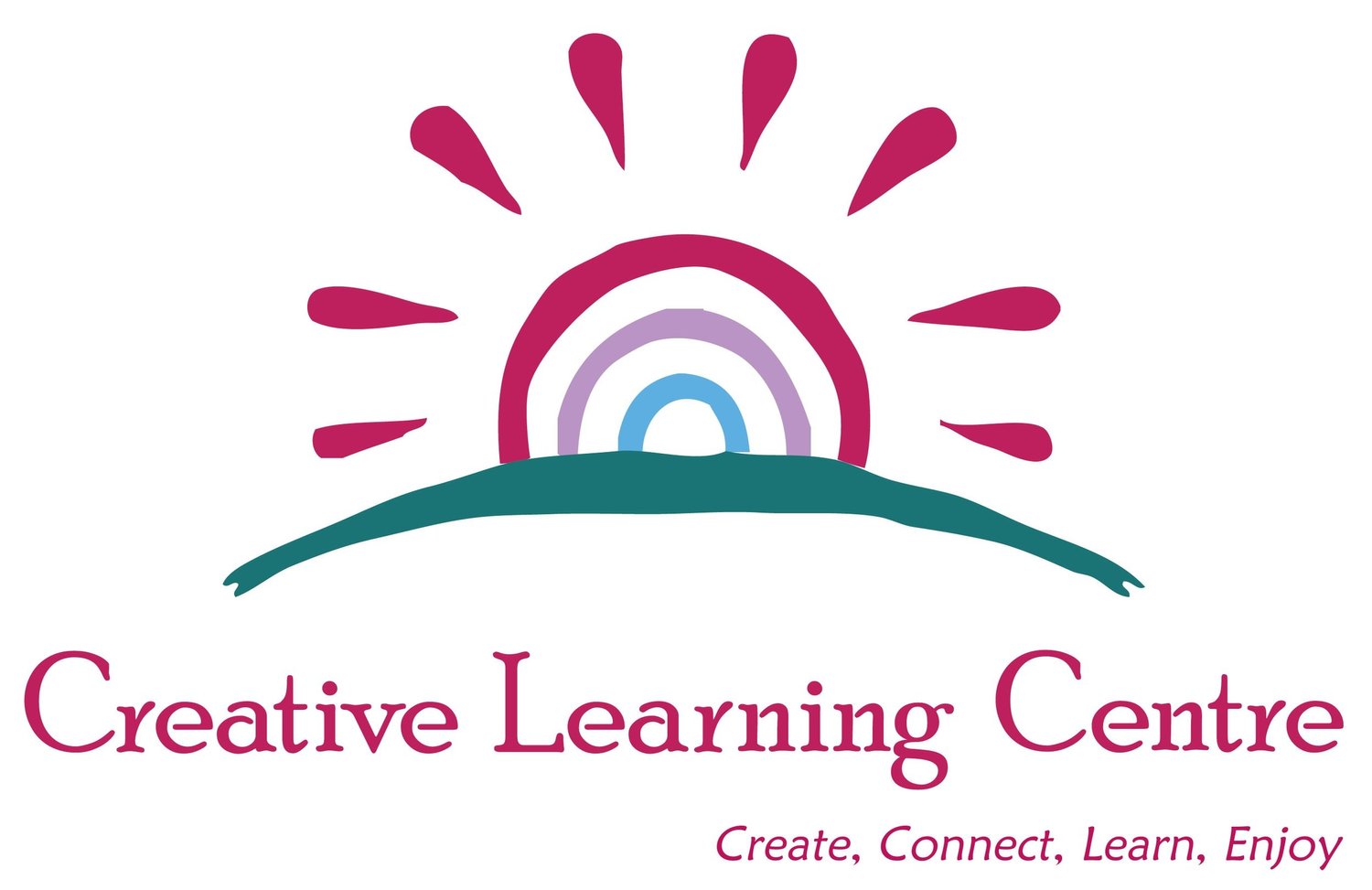Here are some snippets from a workbook that I created for Leap into Dance. Let me know if you would like my help to create your own workbook for upskilling staff.
Research underpinnings for participation in dance:
In 1999, I completed a Master’s Thesis titled “The Occupational Roles of Performing Artists who have Support Needs”. The study involved interviewing and observing 5 young adults who were involved in dance, drama or music as leisure in inclusive mainstream settings.
An “Occupational Role” is a concept in some models of Occupational Therapy that describes the meaning and the doing of an activity. Here are some of the conclusions I came to from doing an analysis of the 5 interviews and observations.
1) Participants valued their role – they enjoyed demonstrating their ability and it gave them a sense of status
2) They also had personal satisfaction from the role – feelings of happiness, fun and a sense of community
3) They had a strong sense of personal identity. This was based on their sense of ability – a sense of innate talent, having experienced performing and knowing what they could and couldn’t do and external measurements such as exams. They had a strong sense of self-determination – that they were able to make choices about their leisure activities.
4) The amount of time spent doing the activity was affected by which stage in the career process you were at ie. as you progressed, you spent more time
5) Many of the people with support needs spent some time in inclusive settings and some time in segregated settings – eg. one young man went to “Merrymakers” segregated dance classes and then went to line-dancing at one of the local pubs.
6) They knew what the expectations were. The social expectations involved practicing to attain a standard, participating in performances, being a member of the group – looking similar to the group – copying the group, they were comfortable being a person in the group who needed support.
7) They also had personal expectations for themselves – which involved being dedicated and defining themselves as “performing artists”. There was also an interaction between expectations from others and their personal identity.
8) They were aware that they had got to where they were by having a strong interest from a young age and having opportunities such as attending performances, performing, learning, being supported by family or other significant people and that there was a career process.
9) The resources involved in making sure people accessed their performing arts activities included funding, transport, instruction, other group members, emotional support from family, the audience and teachers, organisational networking and links to important public figures.
Support workers and parent participants
We have found that it is useful to provide clear guidelines for support workers and parent participants so that they know how much or how little support to provide. We have sometimes communicated this verbally during classes and sometimes in meetings and sometimes with notes. Common examples are “ignore the inappropriate behaviour and pay attention to great participation”, “lift a person’s arm from the elbow not the wrist” and “demonstrate this choreography but not that one” and “praise, praise, praise more than prompt”.
It has also been important to have good communication with support workers and parents – and to be aware that different people have different preferred communication methods eg. What’s Ap, Email, SMS, phonecall, Facebook. We particularly find that What’s Ap provides a sense of community and currently Leap into Dance has a group for each class as well as a Whole School group.
Specific hints for planning classes
Keep it simple! The most brilliant choreographies are amazingly simple but clever and entertaining
Look for cues in the music that tell you what to do
Use a tambourine or drum to indicate a change of movement if the music doesn’t tell you
Use dots or other shapes on the floor to indicate where to stand eg. in a circle or at the corners of the room.
Use massage and relaxation in part of the class to help focus and a feeling of community
Use choreography to teach specific skills eg. We will Rock You to teach beat.
Create choreographies that use the skills the group have eg. if they enjoy skipping use skipping in a choreography or if they are doing a free movement dance particularly well, turn that into a choreography.
At the end of class ask “what was your favourite thing today” so that you have an indication of what to do more of next time.
Here is the contents page from the workbook we created for Leap into Dance - so you have an idea of the sorts of topics I could cover in your own workbook and/or course:
Chapter 1: Dancers who learn differently. 2
What do we know about dancers who learn differently?. 2
Why is group dance the perfect way to enhance community participation?. 5
Are we talking about community participation in mainstream or disability-specific settings?. 7
Capacity-building teaching methods. 23
Addressing individual access needs. 30
Individual Capacity building goals. 32
Individual Capacity building strategies. 34
Group Community building strategies. 35


